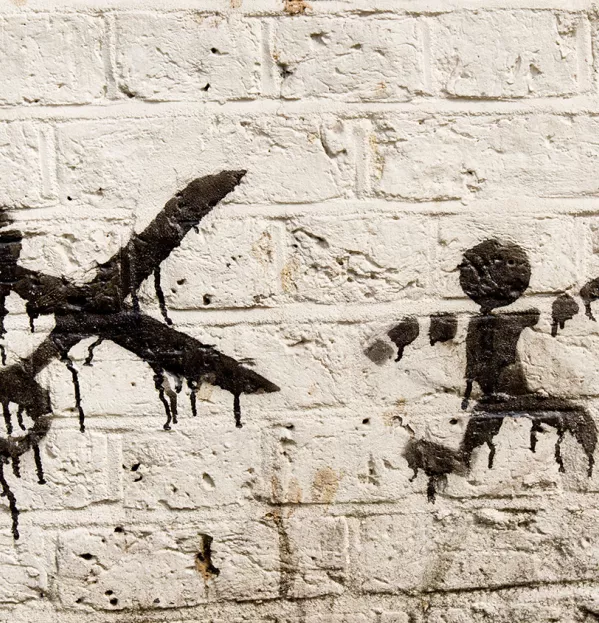This half-term, I am inspiring the next generation of medical professionals. Today’s lesson involves showing children how to transplant vital organs, such as the brain, heart, lungs, stomach, liver, kidneys and intestines into the human body.
At present, the organs are on a piece of A4 paper and the human body is an outline drawing. This is fortunate because my practical skills aren’t quite up to the task. “Oops! I think I’ve sliced through the right ventricle and penetrated the aorta,” I cry. Bethany is not impressed by my excuse.
Like a bad workman, I blame my equipment, but with some justification. Primary school scissors come in a variety of designs. These include Easi-Grip scissors without holes, spring-loaded self-opening scissors, soft-grip scissors that won’t damage little fingers and dual-control training scissors that allow two people to operate them at the same time. While none of these innovations help small children - or even experienced teachers - cut along a line with any accuracy, they are all easier to use than left-handed scissors.
As a left-handed person, I have always found creative ways to cope with life in a profoundly right-handed world. Attempts to get me to use special left-handed pens, left-handed rulers and even left-handed pencil sharpeners have failed miserably. Now, it seems the forces of inclusivity have concentrated their resources on buying a job lot of left-handed scissors and my vital organs look like they’ve been gnawed by a dentally challenged rat.
Sinister stationery
If the sorry state of my cutting-out is a source of disgust to Bethany, the over-provision of left-handed scissors is a threat to the future health of our nation. I demonstrate this by describing to the children a surgical procedure that might take place in the future (any resemblance to a real operation - including medical terminology, equipment and practice - is due to the fact that I watch too many hospital-based TV dramas).
“Imagine that it is 2037, children, and one of my protégés (Bethany) is now a leading consultant surgeon in the field of diseased-organ removal. At the centre of her state-of-the-art operating theatre lies the patient. He has been successfully anaesthetised and wired up to several monitors that record his vital functions.
“Using a sharp scalpel, Bethany makes an incision in the patient’s abdomen and the diseased organ is revealed.
“Now, to the strains of Mahler’s Symphony No. 5 in C sharp minor, Bethany begins the most critical part of the operation. This involves her using a special pair of surgical scissors to cut away the diseased organ. The scissors have a long shank-to-blade ratio to reach the places other scissors can’t reach and have tungsten carbide cutting-surface inserts. Both in design and engineering, they are a work of art.
“At Bethany’s request, suction is applied to ensure that she has a clear view of the organ awaiting excision. With practised ease, she slides the scissors into place and calmly begins to cut. A moment later, all hell breaks loose. Blood spurts. Monitors flatline. Warning lights flash. Sirens whoop. And Bethany is rather annoyed. ‘These scissors appear to be left-handed!’ she exclaims.”
Steve Eddison teaches at Arbourthorne Community Primary School in Sheffield
